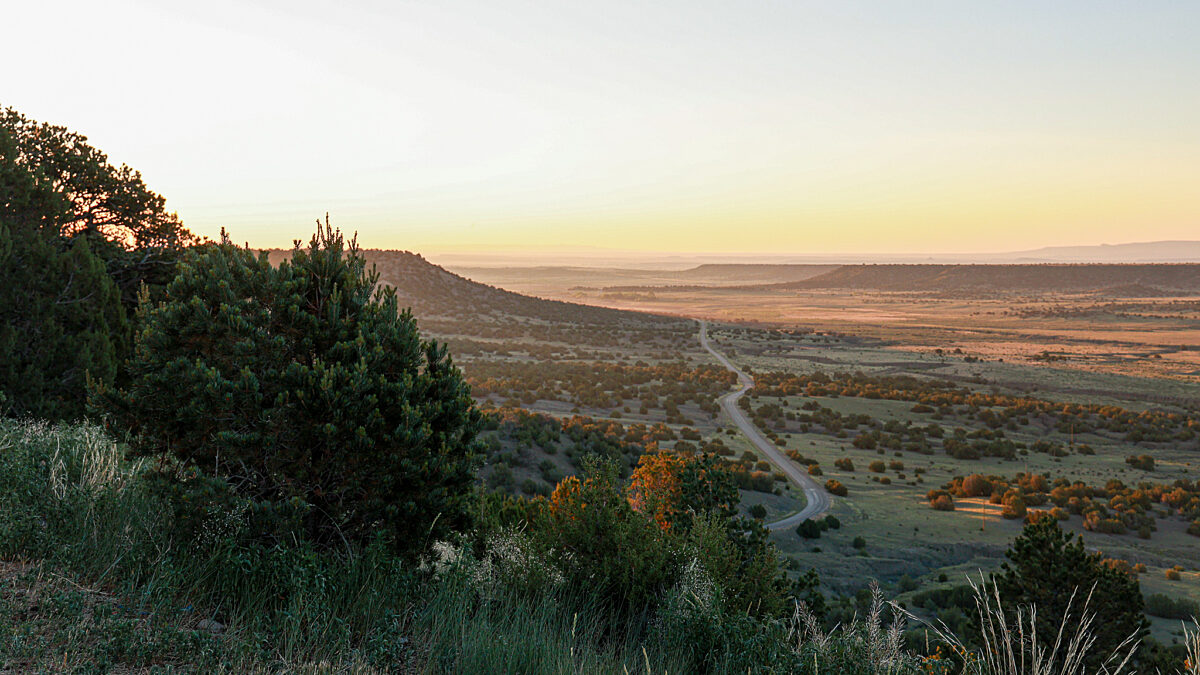Farmers and Ranchers Care for the Land, 365 Days a Year
Zippy Duvall
President

photo credit: Colorado Farm Bureau, Used with Permission
Zippy Duvall
President
Next week marks Earth Day. But there’s not a day that goes by, when farmers aren’t thinking about how to leave the land better than we found it. Sustainability is just what we do on the farm, as we like to say. Each sustainable practice—no matter how big or small—adds up in a big way across agriculture. Farmers and ranchers understand that if we consistently do right by the land, it’ll be there for generations to come. And that’s why U.S. agriculture continues to lead the way in climate-smart practices.
You don’t have to take my word for it, either. Just this week the U.S. Environmental Protection Agency released its annual Greenhouse Gas Emissions Inventory. Not only does agriculture continue to make up a relatively small slice of emissions, but we are reducing our impact. Overall, agriculture makes up less than 10% of GHG emissions in the U.S. compared to other sectors. But that number is only a fraction of all that farmers and ranchers are achieving together as we care for our land, air and water.
Thanks to innovative practices and technology, we are increasingly producing more with less. We are growing more crops with fewer inputs like water, fertilizer and pesticides. That doesn't mean those tools to grow and protect crops are any less essential. With precision agriculture technology, we can pinpoint what is needed down to each plant, conserving resources, saving money and reducing our carbon footprint. Being so precise also helps us increase yields. How far have we come in increasing production? Well, just 30 years ago, farmers would have needed 100 million more acres to match what we’re growing today.
I hope that this Earth Day, and every day, we will recognize the dedication and careful stewardship of farmers and ranchers across the country.
Farmers have also led the way in embracing and growing renewable energy. Over the last decade, we have seen a 167% increase in farms and ranches using renewable energy producing systems, which includes geothermal, solar panels, windmills, hydro systems and methane digesters – that’s nearly 100,000 additional farms. Farmers are also at the forefront of growing renewable energy, such as ethanol and biodiesel. Last year alone, the reduction in GHGs from the use of renewable fuels in place of gasoline was equal to taking 30 million cars off the road.
Farmers are not just focused on reducing when it comes to sustainability either. We are also enriching—enriching the soil on our farms and enriching the forests and wildlife habitats surrounding our land. In fact, farmers’ and ranchers’ intentional efforts to provide habitat for wildlife have contributed to population increases in native wildlife such as deer, moose and certain species of birds. Proper use of livestock grazing even maintains distinctive plant communities and soil structure necessary to support threatened and endangered species on both public and private lands. When we look at the full scope of sustainability on the farm, nearly 300 million acres are voluntarily dedicated to climate smart practices, according to the latest USDA Census of Agriculture. That adds up to one-third of U.S. farmland!
I hope that this Earth Day, and every day, we will recognize the dedication and careful stewardship of farmers and ranchers across the country. Sustainability often starts on the farm, but it doesn’t stop there. At Farm Bureau, we believe that sustainability takes partnership—across agriculture and the supply chain—to ensure farmers and ranchers have the tools they need to farm today and for generations to come. Together, we can ensure that we build a sustainable future for our farms and ranches and our families as we grow food, fiber and renewable fuel for our nation and the world.
